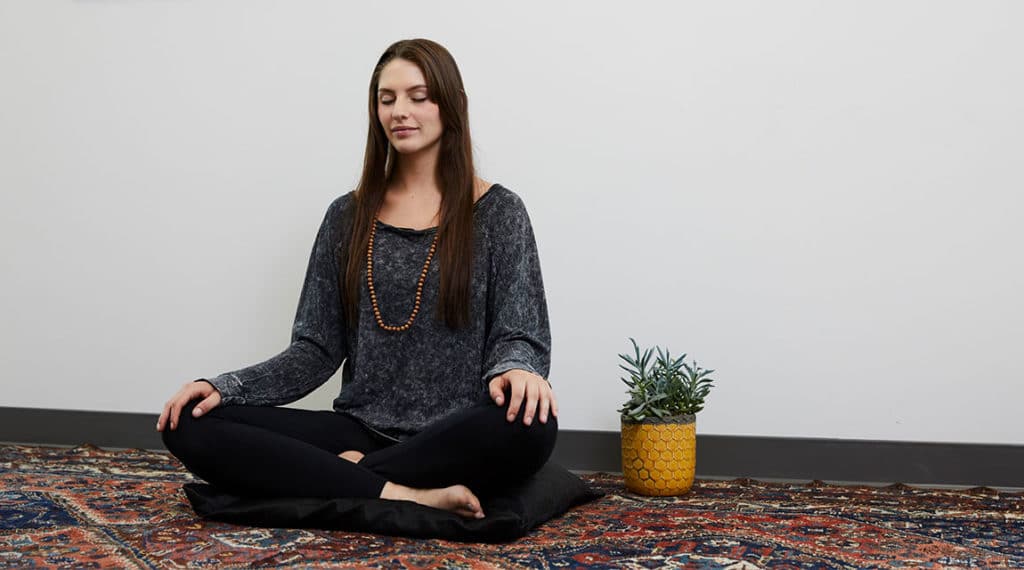Feeling stressed is a common part of modern life, but what if you could calm your mind and body with something as natural as breathing? You can. Often overlooked, our breath is a powerful tool for stress reduction that’s accessible anytime, anywhere. In this article, we’ll explore science-backed breathing techniques designed to help you relax, improve mental clarity, and foster resilience in the face of daily challenges.
Why Breathing Matters for Stress Reduction
When you’re under pressure, your breath often becomes shallow and rapid – the classic “fight or flight” response. While this automatic reaction once helped our ancestors stay alert, persistent stress leaves us stuck in overdrive. Conscious breathing slows the heart rate, relaxes muscles, and signals the brain that it’s safe to unwind.
The Science Behind Breath and Stress
Studies show that intentional breathing exercises activate the parasympathetic nervous system—the part of our biology responsible for relaxation and recovery. Regular practice can help lower blood pressure, decrease anxiety levels, and boost your overall sense of well-being.
Top Breathing Techniques to Reduce Stress
1. Diaphragmatic Breathing (Belly Breathing)
How it works:
This technique encourages full oxygen exchange. Deep belly breaths increase oxygen supply, slow the heartbeat, and stabilize blood pressure.
How to practice:
- Sit or lie down in a comfortable position.
- Place one hand on your chest, the other on your belly.
- Inhale deeply through your nose, letting your belly push your hand out.
- Exhale slowly through pursed lips, feeling your belly fall.
- Repeat for 5–10 minutes.
Benefits:
Regular belly breathing can ease anxiety, promote relaxation, and improve focus.
2. Box Breathing (Four-Square Breathing)
How it works:
Popular among athletes and high-stress professionals, box breathing involves equal counts for inhaling, holding, exhaling, and holding again.
Steps:
- Sit comfortably, spine straight.
- Inhale through your nose for a count of four.
- Hold your breath for four.
- Exhale through your mouth for four.
- Hold again for four.
- Repeat for several cycles.
Benefits:
Box breathing helps center your mind, reduce racing thoughts, and provide a quick sense of control during stressful moments.
3. 4-7-8 Breathing Technique
How it works:
This soothing method, often recommended for sleep, involves a longer exhale, which triggers relaxation.
How to do it:
- Sit or lie down, close your eyes.
- Inhale quietly through your nose for four counts.
- Hold your breath for seven counts.
- Exhale completely through your mouth for eight counts.
- Repeat three to four cycles.
Benefits:
4-7-8 breathing is effective for anxiety, sleep troubles, and calming your nervous system rapidly.
4. Alternate Nostril Breathing (Nadi Shodhana)
How it works:
A staple in yoga and mindfulness practices, alternate nostril breathing balances energy and quiets the mind.
Technique:
- Sit comfortably.
- Use your right thumb to close your right nostril.
- Inhale slowly through your left nostril.
- Close your left nostril with your ring finger, release your thumb from the right nostril, and exhale through the right nostril.
- Inhale through the right nostril.
- Repeat the switch and continue for several rounds.
Benefits:
This method can improve mental clarity, reduce stress, and enhance emotional resilience.
5. Resonant or Coherent Breathing
How it works:
Breathing at a consistent rate of about five breaths per minute maximizes heart rate variability, which is linked to emotional regulation.
Practice steps:
- Breathe in for a count of five.
- Breathe out for a count of five.
- Continue for several minutes, maintaining a smooth, steady rhythm.
Benefits:
Resonant breathing can lower anxiety, improve mood, and aid sleep.
Tips for Making Breathing Practices a Habit
Transitioning from occasional to regular practice makes these stress-busting benefits last. Here’s how to get started:
- Set a reminder: Schedule breathing breaks into your day.
- Pair with routines: Practice deep breathing before meetings, when waking up, or before bedtime.
- Track your progress: Use a journal or a habit tracker to log your sessions.
Real-Life Scenarios for Breathing Exercises
Not all stress triggers are predictable, but your response can be. Use these methods when:
- Stuck in traffic and feeling frustration rise
- Facing a daunting work deadline
- Experiencing social anxiety before a presentation
- Winding down at night for restful sleep
Incorporating mindful breathing into these moments helps diffuse tension and primes you for better decision-making.
The Mind-Body Connection: Beyond Stress Relief
Breathing techniques don’t just calm nerves—they also boost overall health. Reduced stress leads to better sleep, improved digestion, stronger immunity, and clearer thinking. Integrating breathwork into your lifestyle can be life-changing, giving you greater control over your mental and physical state.
Frequently Asked Questions
How long should I practice breathing techniques each day?
Even just five to ten minutes daily can make a noticeable difference. Consistency is key for lasting stress relief.
Can anyone do these exercises?
Most breathing practices are safe for everyone. If you have a respiratory or cardiac condition, consult your healthcare provider before starting a new routine.
When will I notice results?
Some techniques offer instant calm, while regular practice compounds benefits over time.
Conclusion: Breathe Your Way to a Calmer, Happier Life
When stress knocks, your breath is always within reach—simple, free, and effective. By practicing these proven breathing techniques, you can reshape your stress response, sharpen focus, and bring more peace into your daily life.
Take a moment today. Breathe deeply, exhale slowly, and feel the difference.
Ready to stress less and live more? Start your breathing practice now—your body and mind will thank you!






